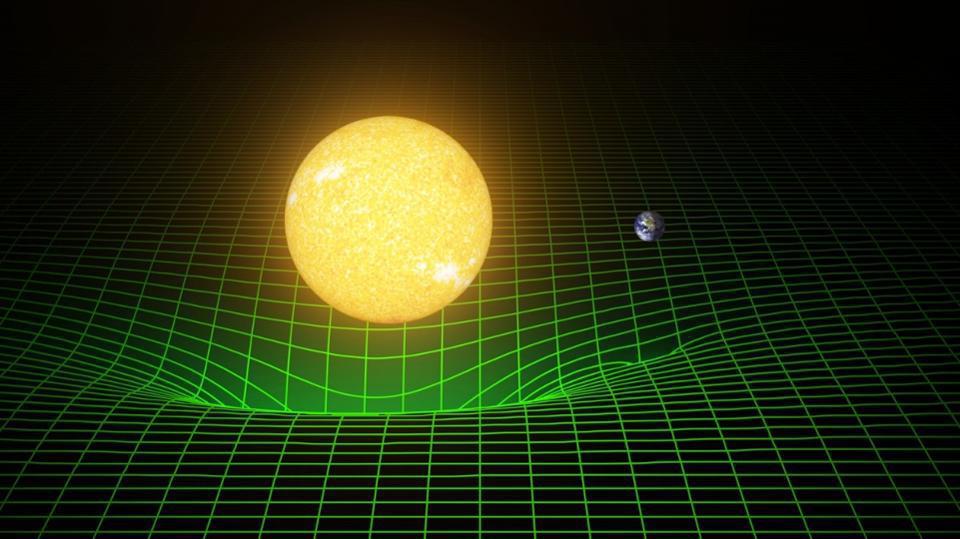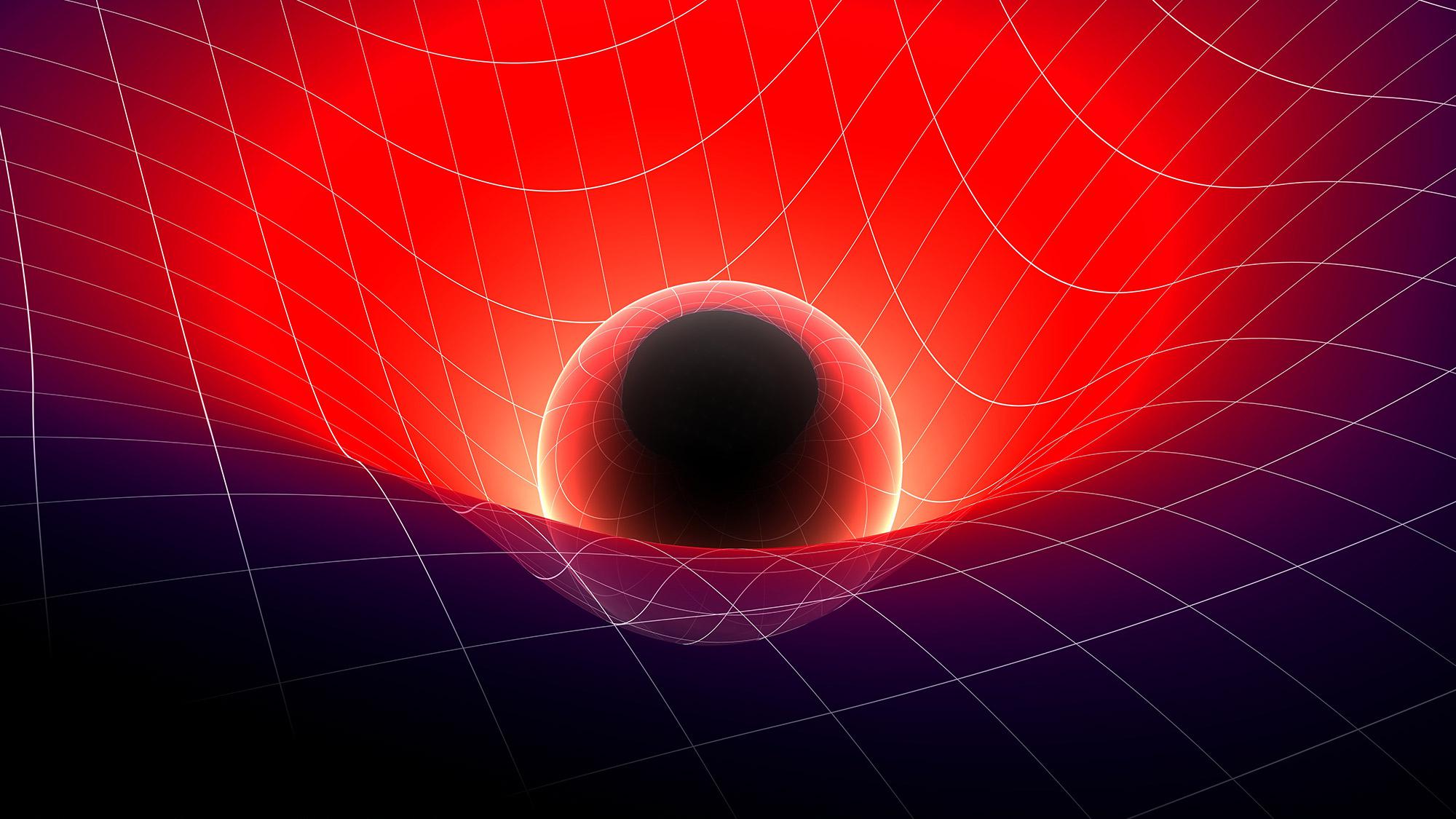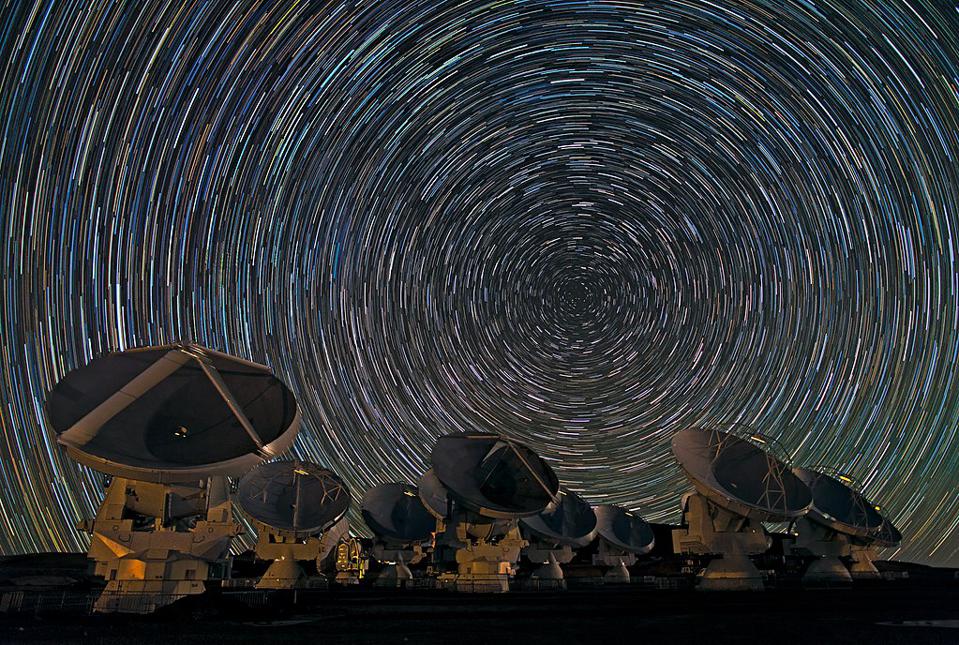Review: “The Biggest Ideas in the Universe” by Sean Carroll

- Equations are the essence of physics. It is frustrating not to be able to share them with a general, scientifically interested audience.
- Author Sean Carroll bets in his latest book that readers can be introduced to physics equations and their all-important meanings.
- If anyone can accomplish the task he has set out for himself, it is Carroll. Go read his book.
There is an old saying among science writers: “For every equation you put in your book, you lose half your audience.” For physicists like myself who also moonlight as science writers, this truism is especially vexing, because it is the equations we are so passionately in love with. The equations are the poetry — the beautiful skeleton that carries the flesh of the world. What a loss that I cannot share that beauty and that power with my readers.
But maybe, just maybe, that truism isn’t true. Maybe smart readers with an interest for science but no mathematical inclination can be introduced to those equations and their all-important meanings.
What’s lost in the metaphors
This is the bet Sean Carroll is making in his new book, The Biggest Ideas in the Universe. Carroll is a theoretical physicist and bestselling author who has written a number of fine books that work in the normal “popular science” mode. (In other words, no equations.) But in his new work, Carroll wants to go further. As he expresses in the book’s opening:
“I want to live in a world where most people have informed and passionate opinions about modern physics. Where you knock off after a hard day at work, go down to the pub with friends, and argue over your favorite dark matter candidate or competing interpretation of quantum mechanics.”
But as Carroll rightly observes, even though physics tackles some of the biggest ideas in the Universe, the fact that it does so using sophisticated mathematical formulations blocks a broader engagement with the field. In response, an entire ecosystem of physics outreach practitioners (13.8 included) has emerged to translate the profound beauty and power of physics into everyday language. The fact that these efforts find so many readers, listeners, and viewers is a testament to people’s heartfelt desire to understand the world through science, even if they are not scientists. But it also means that something gets lost. As Carroll puts it, “What you get are images and metaphors, rough translations of the underlying mathematical essence…”
What Carroll wants is to give readers something of the mathematical essence which, after all, is how physics is done. To accomplish this goal he proposes a novel approach. As he rightly notes, to become a practicing physicist, a student must not only learn the equations and their meanings, but they must also spend untold hours solving the equations in specific circumstances. To give an example, it is not that hard to learn the basic equations of Newtonian gravity. I walk my freshman non-science students through them. The really hard part is solving those equations for something like the motion of a comet around the Sun when it is perturbed by the gravitational pull of Jupiter. That part takes hours and hours of calculation. Learning to solve equations is what week-long graduate student homework sets are for.
A glimpse of true physics
But Carroll is betting that scientifically interested non-scientists don’t need to solve the equations of physics — they just need to know how to read them. For Carroll, understanding specifically what the specific equations say, and how they say it, should be enough to move beyond the metaphors of most popular-science accounts. In this way readers might get a more true and visceral sense of why physics is so potent.
That’s the philosophy that animates The Biggest Ideas in The Universe. Carroll takes readers on a remarkable journey through some of the most important ideas in the field and lays out how those ideas become manifest in mathematical form. It’s a bold move, and through it Carroll is able to take his readers on a much deeper exploration of foundational notions like force, motion, and momentum than other books manage.
But does it work? Will readers continue to follow their guide as he unpacks how calculus or differential geometry give shape to our ideas about motion, space, and time? Given that I already understand the mathematical physics Carroll is sharing, I am not the best one to answer that question. What I can say is that even with my training, I still got insights from the book’s descriptions. That’s how good Carroll is at explaining physics. Just as important, The Biggest Ideas in The Universe embodies Carroll’s accessible style. It is full of humor, imagination, and enthusiasm. If anyone can accomplish the task Carroll has set out for himself, it is him.
So, what I can also say is that if you are interested in physics, you should read this book. It can open a window through which your view of the Universe will be richer, subtler, and way more awesome.





